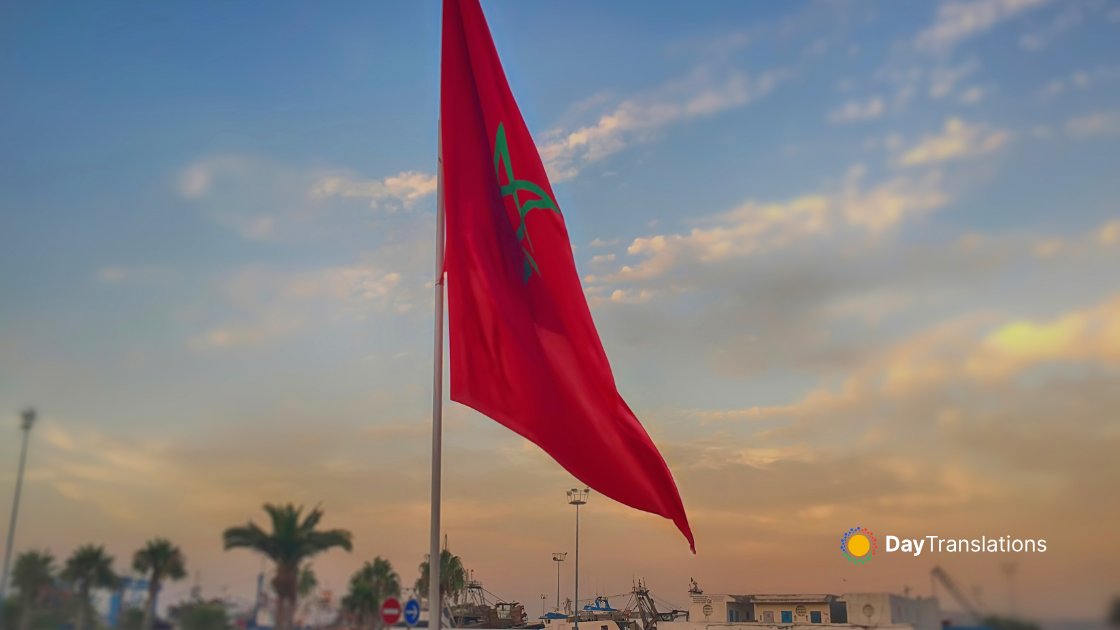Geography of Luxembourg: Important Geographical Information about Luxembourg
In this Country Profile
The Grand Duchy of Luxembourg, a small landlocked country located in northwestern Europe is surrounded by Belgium on the western and northern sides. Belgium also separates Luxembourg from the North Sea. France borders it on the south and Germany shares borders with Luxembourg on the eastern side.
Luxembourg is about 84 kilometers long from north to south and 56 kilometers wide from east to west. Its capital city, Luxembourg is considered as one of the smallest capital cities in the world with only about 100,000 residents.
Topography
The topography of Luxembourg is divided into two distinct regions. One third of the whole country is located in the north, where the land is hilly. The region is called Oesling. Large deciduous forests can be found in the Oesling, and also where the highest hills in Luxembourg, especially near the borders with Germany and Belgium are located. Scenic river valleys including the Wiltz, Our, Upper Sauer and Clerve dominate the landscape. This northern region is sparsely populated and the villages’ economy relies on tourism. Among the larger villages like Vianden, Clervaux and Wiltz, only the latter is inhabited by more than 2,000 residents.
Two-thirds of the country or the southern and central regions are flat and locally called the Gutland or Good Land., a description derived from the fertile agricultural section of the Grand Duchy of Luxembourg. The Gutland is further subdivided into sub-regions such as the Red Lands, the Moselle Valley, the Valley of the Seven Castles, the Luxembourg Plateau and Little Switzerland. These sub-regions are urbanized and some are highly populated like Luxembourg and Esch-sur-Alzette. The Luxembourg Plateau has the most fertile lands suitable for agriculture. It is also where the capital city of Luxembourg is located. The Moselle Valley is also a fertile sub-region and the wine growing section of Luxembourg where vineyards can be found. This is where white wine or Moselle wine has been produced since the 19th century. The sub-region called Red Lands is the most densely populated area in Luxembourg. The Red Lands got its name from the red iron-laden soil in the area. This is one of the most exceptional iron-producing areas in Western Europe that largely contributed to the economic stability and prosperity of Luxembourg. From the local steel industry, it became an international steel producer, forming partnerships with France and Spain to create Arcelor. With the merging of Arcelor and Mittal, it became the largest steel producer in the world, as of 2010.
Rivers and Lakes
The main river in Luxembourg is the Moselle, which originates from northeast France, flows through Luxembourg for 31 kilometers and joins the river Rhine in Germany. Its tributaries are Sûre and Our. There are other minor rivers, like the Alzette, the Pétrusse and the Eisch. These rivers form a natural boundary between Germany and the Grand Duchy.
Some of the rivers and lakes create idyllic countryside locations where tourism flourishes. Other areas like the Upper Sûre Lake is a haven for tourists where a variety of water sport activities like kayaking, canoeing and sailing can be done. A hydroelectric reservoir has been built in the upper section of the river. A dam was also built in the 1960s for the supply of drinking water to the country.
Climate
The Grand Duchy of Luxembourg is blessed with very fine weather. The Ardennes mountain range protects it from the strong northerly wind, while the northwesterly winds bring cool air into the country keeping the summer cool and the winter mild. While the northern region experiences erratic weather patterns influenced by the Atlantic weather system, which bring rainfall in the winter and frequent overcast skies, the southern part of the country has a more pleasant climate. With an annual average temperature of 50° F and regular rainfall that averages about 31.5 inches, the southern section has a climate that provides good growing conditions for flowers, fruits and crops, particularly in the Moselle Valley where wine grapes are grown.
Flora and Fauna
Large quantities of hardwood trees are found in Luxembourg. There are beech and oak trees in the northern region. The oak trees grow as high as 45 meters with a diameter of up to 2.4 meters. Black Alder and willows are found along the river banks. The willow trees that can grow as high as 20 meters are highly valued for their use in creating ornamental items while the alder wood highly priced because they are resistant to diseases and remain durable and strong even when placed under water.
The valleys in the northern section of Luxembourg provide a very good habitat for plants and animals including the protected European otter, wild boar, roe deer and deer. There are plenty of chestnut, spruce, elm, linden and pine trees. The abandoned quarries and open pit mines during the heyday of iron ore mining have been reclaimed by nature creating a unique landscape. And the fertile regions are usually covered with a myriad of colorful flowers.
:: References ::
http://en.wikipedia.org/wiki/Geography_of_Luxembourg
http://www.luxembourg.co.uk/nutshell.html

Sorry, the comment form is closed at this time.